A RELIABLE GUIDE FOR BUYING INTERNAL SSD HARD DISK
Find the right hard disk to speed up your device.
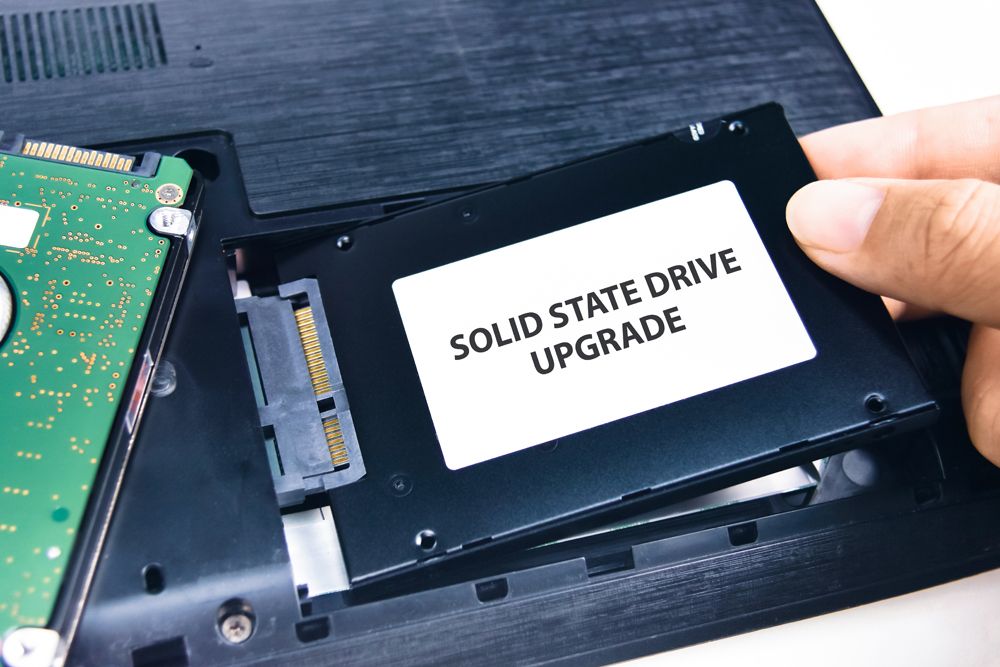
The storage device, Solid State Drive (SSD) is available as both internal and external drive, which enables you to store and control data with quicker read and write speeds. It offers swift access to project based programs through quick loading speeds, and provides an enhanced general practice while simultaneously running multiple programs. Furthermore, if you are installing the operating system on an SSD, then much faster boot times can be expected, and collect the majority of the powerful hardware constituted in your machine. Hence, you can even include an SSD in an old computer and improve its life and bring forth better performance.
Both Solid state drives and hard disk drives are identical in their physical condition. But they store data by following different methods. Each type of drive is featured with merits and demerits. The type of drive that suits your device depends on how you use your system. Generally, hard disk drives follow an innovative technology which is well tested and well known. Currently, available hard disk drives have very good storage capacity, even though their size has decreased considerably. To read and write data, HDDs use platters or spinning disks. In Solid State Drives, flash memory is used to exhibit durability and greater performance. As there are numerous small moving parts including magnetic heads, spinning platters, and spindles inside your hard drive, there are high possibilities to go things wrong and lose your significant data. By not including moving parts, SSDs are capable of functioning smoothly by utilizing less energy.
A regular storage drive or HDD, which is constituted with mechanical components, undergoes wear and tear eventually, and becomes susceptible to inconsistency. On the other hand, an SSD is not constituted with any mechanical or moving parts. It is relatively a flash storage device that naturally includes NAND flash memory. This arrangement is more or less similar to thumb drives or memory cards. As a result, by not having a physical platter and other related hardware components such as spindle motor, actuator, etc. an SSD is also capable to cut short the power usage and even guarantees a comparatively better service life. Even though the technology used here is more advanced and innovative than the traditional old HDD, the SSDs have a tendency to be pricier than their corresponding HDD.
Depending on the usage, different kinds of SSDs are available in the market. So for buying a reliable SSD, you must have a very good awareness regarding its features and performance.
SSD form factors
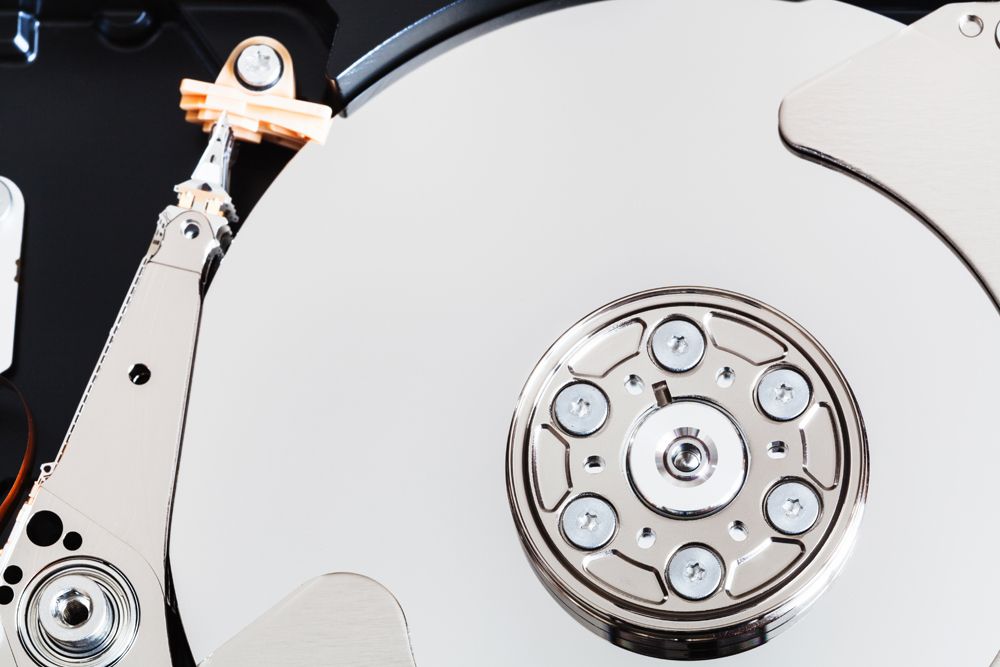
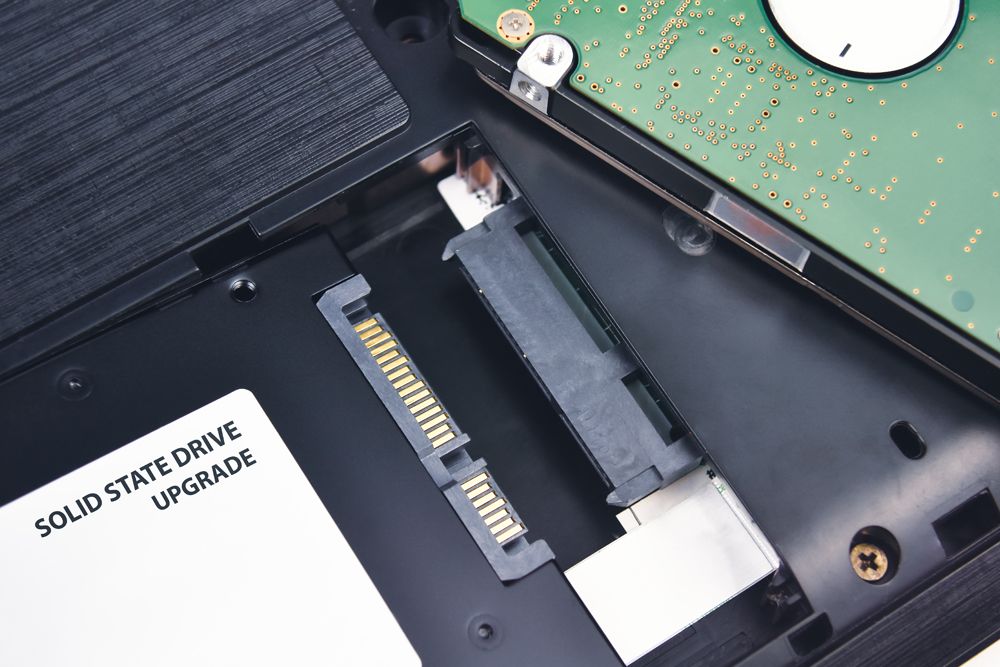
The form factor explains the physical characteristics of a device/hardware module, such as its dimension, weight and other similar features. In the case of SSD, the fundamental technology has achieved some noteworthy advancement over the years, with respect to both form factor and performance. As an outcome, an SSD can be categorized as four form factors.
2.5 inch: -The 2.5-inch form factor is redolent of the conventional HDD set up on a majority of machines. Here, the measurement 2.5 inch is the small form factor (SFF). The normally used SSD form factor is applied mostly on machines having a drive bay, which is then connected over an interface called Serial Advanced Technology Attachment (SATA).
M.2: - This is called the New Generation Form Factor (NGFF). Sometimes the SATA standard is replaced by the New Generation Form Factor. This is a comparatively new condition for internal SSD. The section can be compared with RAM, as it has been practiced across a bulk number of laptops these days. This condition is being adopted by more and more companies which manufacture motherboards. The M.2 SSD is launched in diverse sizes with the NAND chips on both sides. In the case of modules that are soldered down, the chip is located only on one side, as an overturn arrangement to the exchangeable module, while the component can have chips present on both sides. Further, it is up to the production company to decide which interface is to be provided on its drives, which again relies on a number of aspects. In most cases, you can come across an M.2 SSD with either PCIe or SATA interface. However, the PCIe interface often comes under a higher price tag.
U.2: - In appearance, U.2 SSD and SATA HDD are similar to some extent. They are available at 2.5-inch, and relatively bigger than M.2 SSD variants. For this reason, they are capable of offering additional capacity, and better heat distribution than M.2. If considering connection type, U.2 relies on the PCIe interface for setting up links with the motherboard. However, if you wish to connect U.2 to an M.2 port, it needs a unique connector which is analogous to the SATA Express plug. One of the plus points that U.2 holds over M.2 is that it favors hot-swapping. This benefit enables you to add or replace the SSD while the machine is functioning, by not either shutting down or restarting it.
Add-in Card (AIC): - As the name refers, an Add-in Card (AIC) is a form factor that provides the facility to plug in an SSD to a device by means of an extension for ensuring more litheness and compatibility. The facility is dependent on the PCIe expansion slot for getting connected. For those who are working on an older machine with a comparatively aged motherboard, most probably, it won’t get a contemporary interface like M.2. So, for such occasions, the Add-in Card (AIC) form factor supports effortlessly improve a machine with a quicker storage component. However, if a graphics card is installed on your machine, it may not be probable to add an AIC SSD, as the two utilize the same slot. Anyway, these SSDs are not the favorite choice for a normal user, whereas they are mostly considered by hardcore enthusiasts, typically for aesthetic purposes.
Types of SSD interfaces
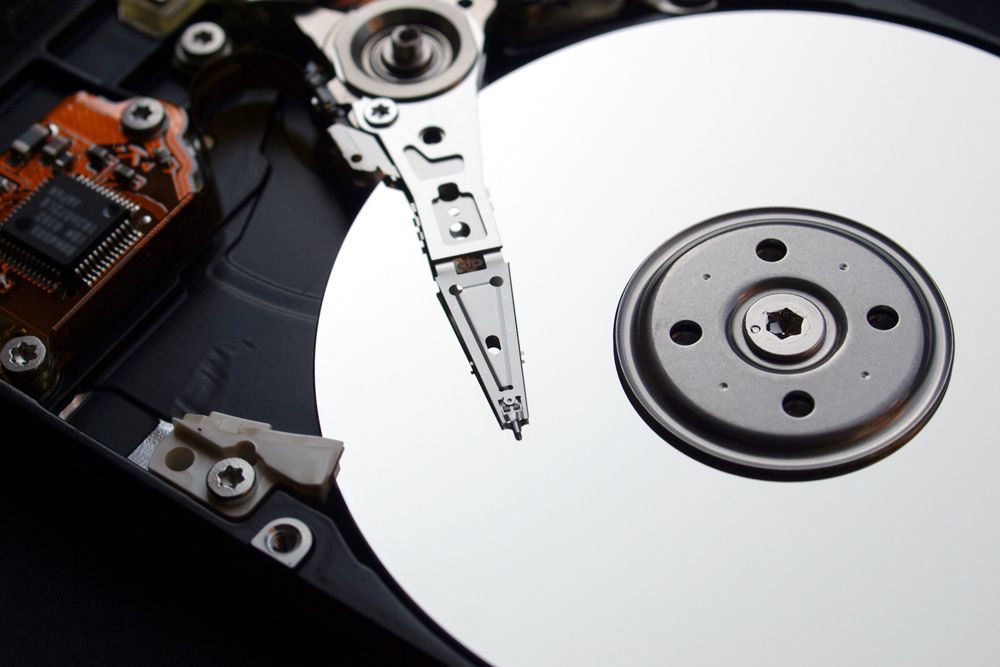
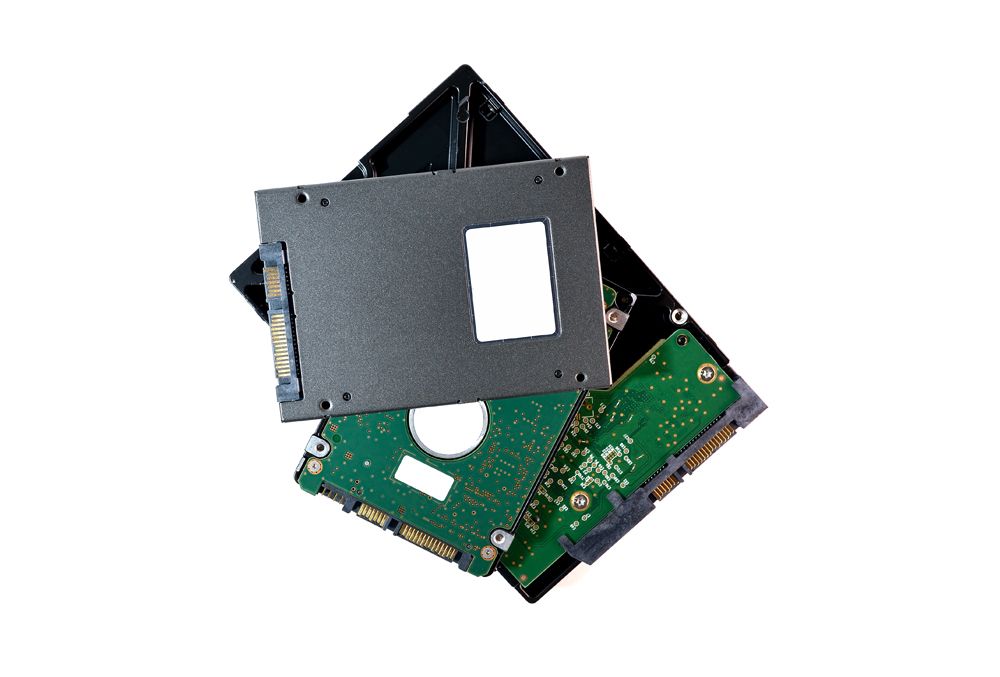
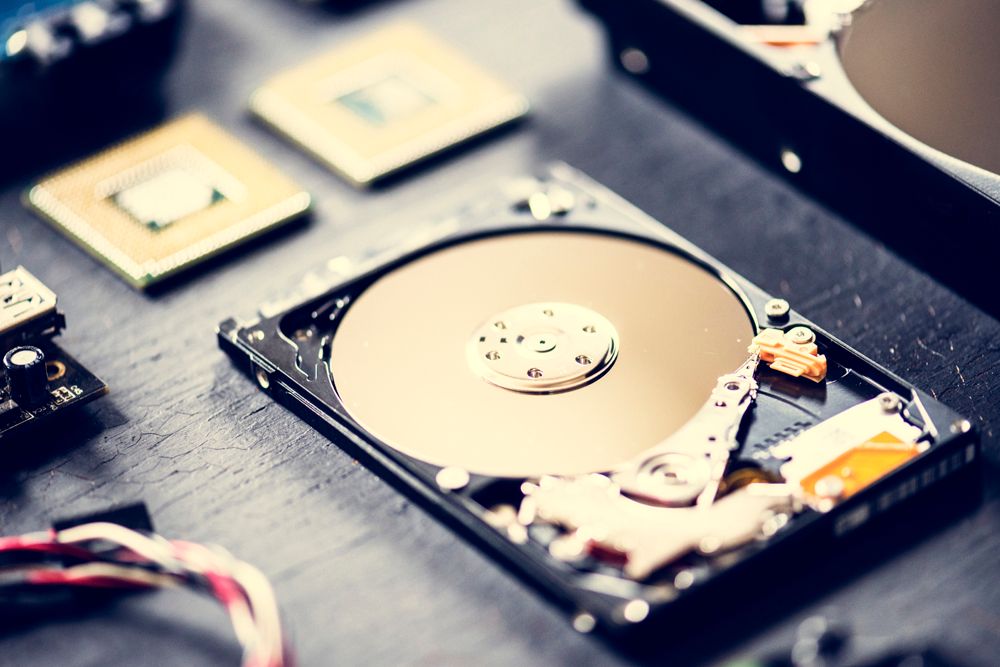
The SSD is featured with various form factors. The improvements and advancements in technology offer adequate facilities to communicate with the motherboard, or in other words the interface. From the time of SATA connection drives which were prevalent in the earlier days of HDD, to the PCIe drives, with the support from NVMe, there you can come across different types of interfaces, used by SSD.
SATA
The most commonly used interface is Serial Advanced Technology Attachment or Serial ATA (SATA). This is generally denoted by SATA 3.0. It has been used since a long time ago and considered as a favorite choice for data transfer between motherboard and storage devices like optical drives and HDD. One of the additional benefits of the SATA interface is that it can mechanically verify the transmission instructions and get the error corrected whenever it is observed. Thus, in data transmission, this facility is found to be more reliable.
M.2
M.2 is one of the most common SSD interfaces, which is extensively approved by manufacturers. It can be used on Laptops, PCs and notebooks. The interface was designed by Intel Corporation as a substitute for Mini-SATA (mSATA), which has become out of date currently. While comparing with Mini SATA, M.2 offers more volume and faster speeds. Besides, another factor that transforms M.2 as superior over its ancestor is the capability to generate quick speed on comparatively minor tracks.
PCIe
Peripheral Component Interconnect Express (PCIe) is a typical connection type for various internal devices, and has observed an enhancement in terms of execution in a short time ago. It is also one of the favorite choice SSD interfaces as compared to SATA, mainly due to the elevated transfer speeds. For instance, understand the magnitudes of 1Gbps over 600 Mbps. Consequently, a lot of motherboard manufacturing companies have started adopting and pushing the PCIe interface. Like SATA, PCIe has also observed development, with PCIe 3.0 being the most modern version of the interface in use. The few more perceptible advantages of PCIe are better presentation with storage-intensive work, hot-swapping, and improved error finding as well as reporting.
Storage Capacity
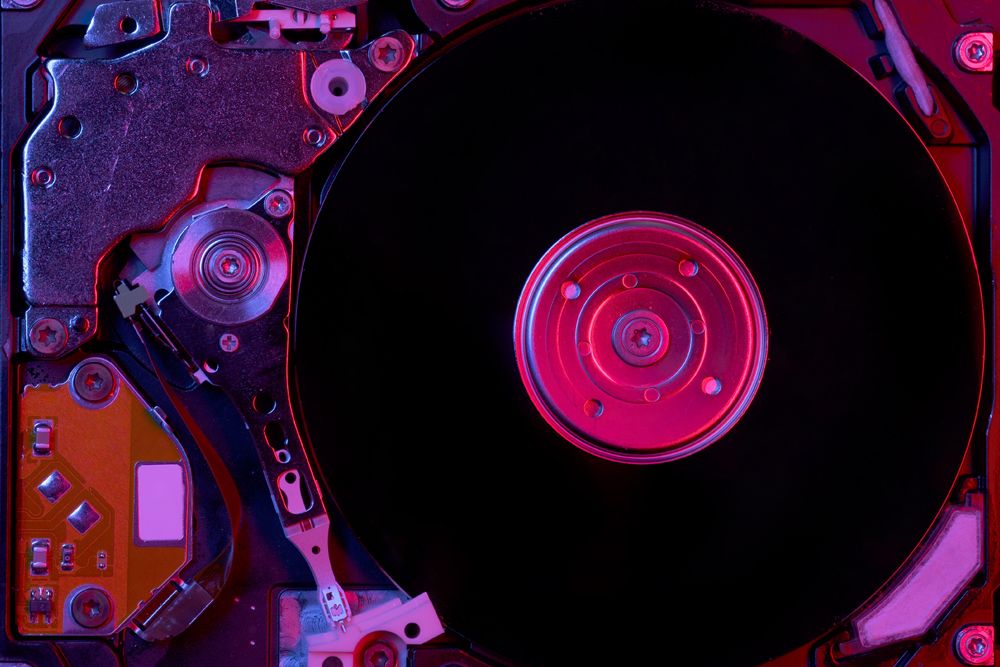
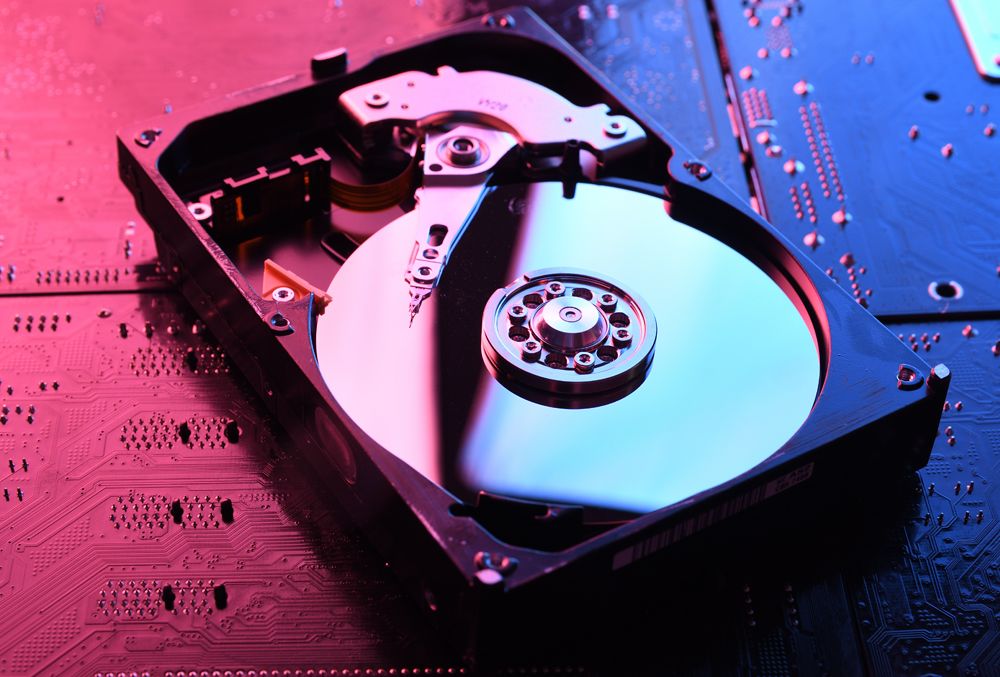
Once you succeed in deciding the form factor and the SSD interface that goes well with your requisites, the other decisive decision you have to make is about its storage capacity. SSDs for computers can be purchased in 120 GB to 4 TB capacities. At the same time, HDDs are available from 250 GB to 14 TB. If you want to measure cost per capacity, HDDs will be coming on top. Since SSDs fall in price, this can be a less distinguishable factor for HDDs.
Flash Memory
SSDs are extensively dependent on the NAND flash memory for working and offering longevity and swift performance. The NAND flash memory is constituted with small cells, known as memory cells, and stores data in the figure of bits. These bits are intended to point out the current state and turn ON or OFF with the support of electric charge, which in turn, decides the way data to be stored on the drive. In addition, with respect to the number of bits stored in a cell, the flash memory can be categorized into Single Level Cell (SLC), Multi-Level Cell (MLC), and Triple Level Cell (TLC).
You have acquainted with various particulars of SSD, and you are now capable of finding out and choosing the right SSD for your requirements. So, first you must determine your requirements and choose the apt one with respect to your planned budget.